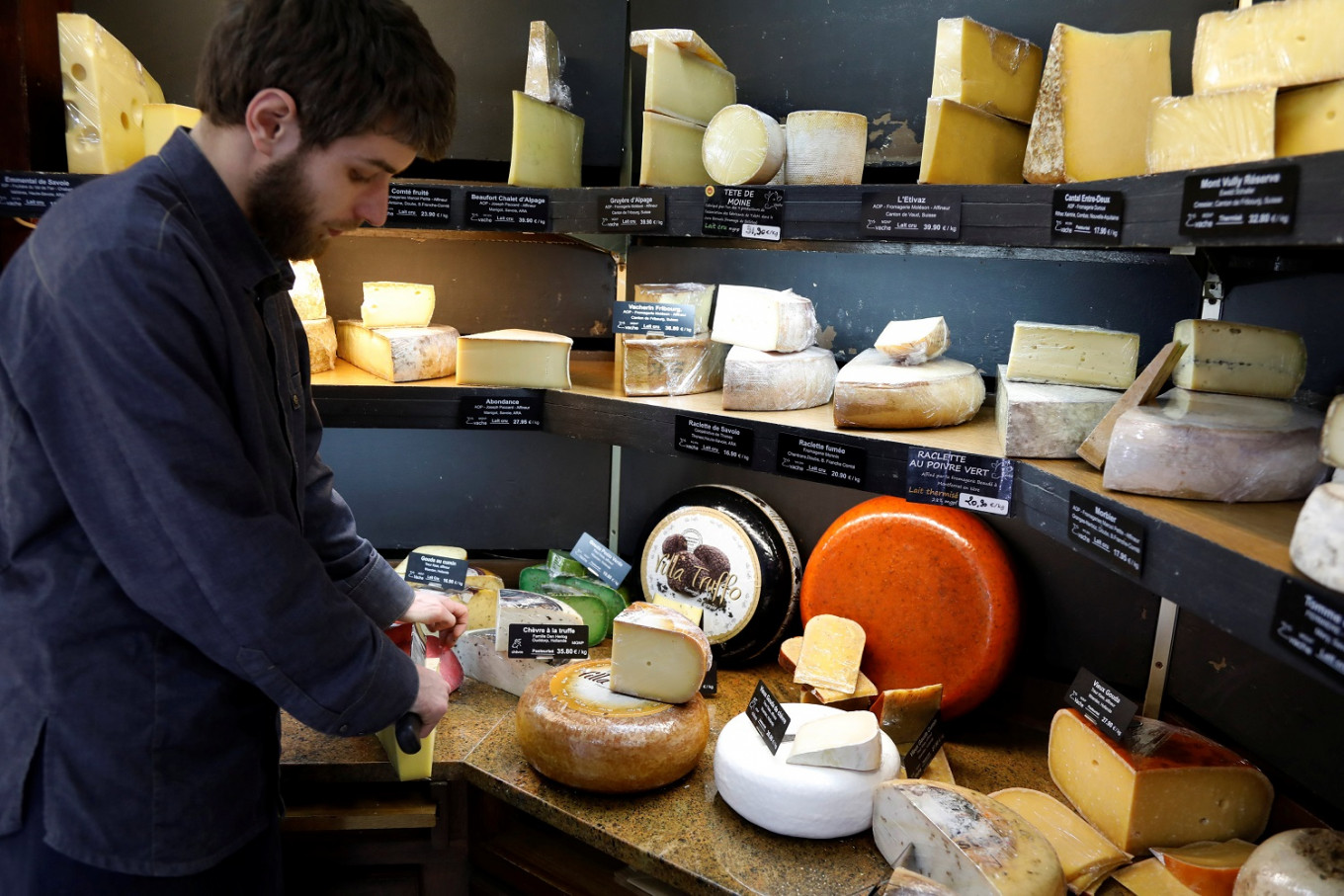A Preference of Authenticity: Floridia Cheese Melbourne and Its Craftsmanship
A Preference of Authenticity: Floridia Cheese Melbourne and Its Craftsmanship
Blog Article
Opening the Keys of Artisanal Cheese Making: A Step-by-Step Do It Yourself Overview
In the world of cooking workmanship, artisanal cheese making stands as a testament to the delicate equilibrium in between custom and development. Each action in the process, from choosing the right milk to refining aging methods, holds within it a wide range of expertise passed down via generations. As we start this journey to debunk the art of creating splendid cheeses, we are encountered with a tapestry of keys and skills waiting to be untangled. Join us as we check out the ins and outs of this ancient craft, where art, perseverance, and scientific research merge to produce tastes that entice the senses.
Picking the Right Milk
When beginning on the trip of artisanal cheese production, the selection of milk plays a crucial duty in identifying the high quality and qualities of the last product. The type of milk chosen influences the flavor, appearance, and overall account of the cheese.
When choosing milk for cheese making, it is very important to think about the fat content. Higher fat material in milk can lead to a creamier and richer cheese, while lower fat material might bring about a drier and stronger appearance. Furthermore, the source of the milk, whether from cows, goats, lamb, or buffalo, contributes distinct flavors and features to the cheese (Melbourne Made Cheese). Each type of milk brings its own subtleties, enabling a large range of cheese selections to be crafted based on the chosen milk. Ultimately, the option of milk is a fundamental choice that establishes the structure for an effective artisanal cheese-making endeavor.
Culturing and Coagulating
To start the cheese-making process, the crucial actions of culturing and coagulating need to be very carefully performed to change milk right into curds and whey. Culturing involves introducing advantageous germs to the milk, which then begins the fermentation procedure. These bacteria convert lactose (milk sugar) into lactic acid, producing the acidic atmosphere essential for coagulation. The kind of culture used can substantially impact the flavor, appearance, and ripening of the final cheese item.

The timing and temperature level control throughout culturing and coagulation are essential aspects that affect the last result of celebrity. Appropriate execution of these actions is vital to ensure the desired appearance, flavor, and uniformity of the artisanal cheese being produced.
Draining and Pressing Curds
After the milk proteins have actually coagulated and the curds have been cut to release whey, the next important action in artisanal cheese making entails draining pipes and pressing the curds to accomplish the preferred appearance and consistency of the last cheese product. The time for draining can vary depending on the kind of cheese being made and the preferred wetness content.
Pushing aids expel any kind of staying whey and compacts the curds to form a solid cheese wheel. Correct draining pipes and pressing are important actions that substantially impact the top quality and qualities of the artisanal cheese being created.
Aging and Flavor Techniques
Executing meticulous aging and flavor strategies is crucial in improving the depth and complexity of artisanal cheeses, boosting their taste accounts to splendid levels of improvement and refinement. Aging plays an essential duty in establishing the one-of-a-kind tastes and textures that differentiate artisanal cheeses.
Flavoring techniques also add substantially to the final preference of artisanal cheeses. Cheesemakers may basics select to introduce added flavors by including ingredients such as natural herbs, spices, and even fruits right into the cheese during the manufacturing process. Furthermore, some cheeses are cleaned or massaged with various fluids, such as brine or alcohol, to improve their tastes and textures.
Covering and Saving Cheeses

Conclusion
In verdict, grasping the art of artisanal cheese making involves carefully choosing the appropriate milk, following specific culturing and coagulating procedures, draining pipes and pressing curds efficiently, and utilizing different aging and flavor methods. By following these steps vigilantly and with focus to detail, you can create your very own delicious and distinct cheeses at home. Bear in mind to cover and store your cheeses appropriately to guarantee optimum taste and appearance growth. Pleased cheese making!
Each kind of milk brings its very own subtleties, enabling for a large variety Homepage of cheese selections to be crafted based on the chosen milk.After the milk healthy proteins have coagulated and the curds have been reduced to launch whey, the next critical step in artisanal cheese making includes draining pipes and pushing the curds to accomplish the preferred texture and uniformity of the final cheese product. A lot of cheeses need to be wrapped in wax paper or cheese paper to allow them to take a breath while safeguarding them from drying out. For cheeses that need to proceed aging, such as bloomy rinds or cleaned rinds, ensure they are saved in a trendy atmosphere like a cheese cavern or a fridge set to the suitable temperature level. By paying interest to the covering and storage space of artisanal cheeses, cheese makers and enthusiasts can preserve the integrity of these delicacies and completely enjoy their complicated tastes.
Report this page